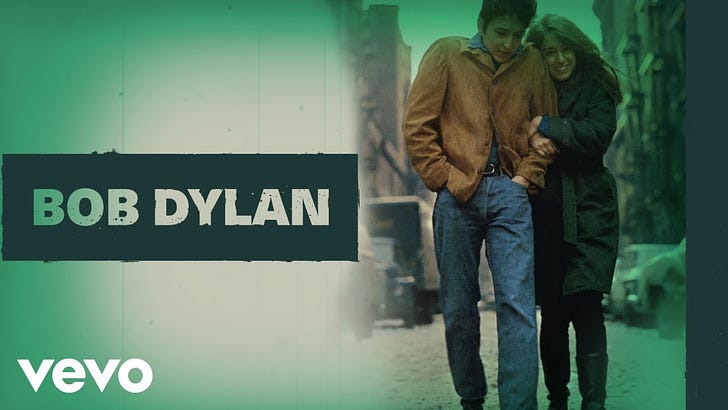From the White House at eight o'clock on the night of September 30, 1962, John F. Kennedy began to plead eloquently with Mississippi students to understand that they must not interfere with the court-ordered admission of Negro James Howard Meredith to their University. Unknown to the President, at almost exactly the moment his sober face appeared on television screens across the nation, tear gas was being fired by United States marshals into an unruly crowd in front of the Lyceum Building on the Ole Miss campus. Choking and gasping, the spectators fell back across the Circle toward the Confederate monument, pursued by the marshals as far as the flag pole.
Within ten minutes, five or six green army sedans, each carrying six white-helmeted marshals, came over the Illinois Central bridge, which spans Hilgard Cut between the campus and the town of Oxford, and moved toward the Lyceum. As they made the slow turn to the right at the Confederate monument, they were assaulted with a hail of bricks thrown at close range. Windshields and car windows were smashed. My wife and I could see the men inside huddling to protect themselves from the splintering glass. The pounding of the bricks on the cars and the screams—"The sons of bitches have killed a coed." "We'll kill the bastards." "We'll get the God-damned marshals!"—these, plus shrill cries of filth and obscenity, proved that eighteen- and nineteen-year-old students had suddenly been turned into wild animals.1
This was an instance of post-Civil War insurrectionary action in defense of white supremacy that fits comfortably in the tradition that led to January 6, 2021.
James Meredith’s admission to Ole Miss (University of Mississippi) is one of the iconic moments of the civil rights movement and was a success in establishing the right of Black citizens to attend state universities. Even in the still rigidly-segregated Deep South.
Silver gives a useful description of the world outlook of the segregationist leadership and much of the white population in six bullet points:
a) the biological and anthropological "proof" of Negro inferiority
b) the presumed sanction of God as extrapolated from the Bible
c) the present state of affairs as one that is desired and endorsed by Negroes and whites alike
d) the repeated assurance that only through segregation can law and order prevail
e) a view of history which declares that there has been a century of satisfactory racial experience in Mississippi
f) a constitutional interpretation which denies the validity of the Supreme Court desegregation decisions
Or, in 2023 terms: white Christian nationalism with its package of deeply dishonest Lost Cause history.
Bob Dylan did a song about the event, “Oxford Town”2:
He went down to Oxford Town
Guns and clubs followed him down
All because his face was brown
Meredith completed his studies at Ole Miss.
But ironically - and sadly - Meredith later aligned himself with rightwing Republicans, including one of the most notorious white racists, Jesse Helms.
Joe Atkins reported on Meredith a decade ago:
Meredith has baffled admirers and detractors much of his life, certainly since that day 50 years ago when he, the lone black man in a sea of white, entered the campus of the University of Mississippi and enrolled as its first black student. A riot by angry whites left two dead, dozens shot, and more than a hundred more injured. President John F. Kennedy sent 20,000 troops to Oxford in what some have called "the last battle of the Civil War." Oct. 1 marks the 50th anniversary of Meredith's admission to Ole Miss.
In his own words, the Attala County native is "a civil rights hero who absolutely hates to talk about civil rights," a black man who rejects the term "African-American," a man who once joined the staff of the original modern-day GOP obstructionist, the late U.S. Sen. Jesse Helms of North Carolina (also known as "Senator No").
Meredith endorsed Mississippi segregationist Ross Barnett's gubernatorial bid in 1967 and former Ku Klux Klan leader David Duke's bid for Louisiana governor in 1991. [my emphasis]
That’s part of his story. But his alignment with far-right anti-democracy figures doesn’t diminish the significance of his courageous act in attending Ole Miss, nor the importance of the Kennedy Administration having responded effectively to the insurrectionist opposition Meredith faced.3
Reuters did a long sketch of Meredith at age 87 in 2020:
In 1965, the Voting Rights Act gave Blacks the vote, but they faced white intimidation against registering. So the next year, Jay undertook a 220-mile solitary “walk against fear,” starting over the Tennessee state line in Memphis.
After walking by Elvis Presley’s Graceland mansion and entering Mississippi, he saw a white man waiting with a shotgun off Highway 51. The man, a hardware store clerk, called out his name, and then shot him three times. National radio broke into programming to announce that he was dead. But he was still breathing.
Mississippi had a long history of racial violence against Blacks, but this ambush was different: It had all been caught on camera. The image of Jay writhing on the ground transfixed America, much like the video of George Floyd this year.4
Silver, James (1964/2012): Mississippi: The Closed Society, vii. Jackson: University of Mississippi Press.
Bob Dylan - Oxford Town (Official Audio). Bob Dylan YouTube channel 05/11/2019. (Accessed: 2023-25-04).
Atkins, Joe (2012): James Meredith, still a loner, still on a mission, 50 years later. Facing South 10/01/2012. <https://web.archive.org/web/20170814173615/https://www.facingsouth.org/2012/10/james-meredith-still-a-loner-still-on-a-mission-50-years-later.html> (Accessed: 2023-25-04).
Schneyer, Joshua (2020): Judy and Jay’s Long Walk. Reuters 07/217/2020. <https://www.reuters.com/investigates/special-report/health-coronavirus-merediths-race/> (Accessed: 2023-25-04).


